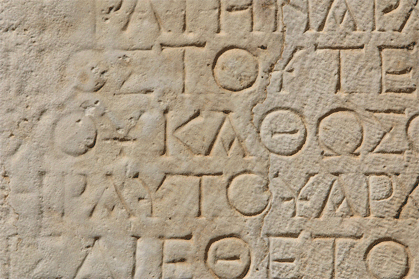[First posted in AWOL 12 October 2012, updated 9 June 2014]
MetPublications
MetPublications
MetPublications is a portal to the Met's comprehensive publishing program with 1,500 titles, including books, online publications, and Bulletins and Journals from the last five decades.
MetPublications includes a description and table of contents for most titles, as well as information about the authors, reviews, awards, and links to related Met titles by author and by theme. Current book titles that are in-print may be previewed and fully searched online, with a link to purchase the book. The full contents of almost all other book titles may be read online, searched, or downloaded as a PDF. Many of these out-of-print books will be available for purchase, when rights permit, through print-on-demand capabilities in association with Yale University Press. For the Met's Bulletin, all but the most recent issue can be downloaded as a PDF. For the Met's Journal, all individual articles and entire volumes can be downloaded as a PDF.
Readers may also locate works of art from the Met's collections that are included in every book and periodical title and access the most recent information about these works in Collections.
Readers are also directed to every title located in library catalogues on WATSONLINE and WorldCat.
Please check back frequently for updates and new book titles.
MetPublications is made possible by Hunt & Betsy Lawrence.
Titles with full-text online



































